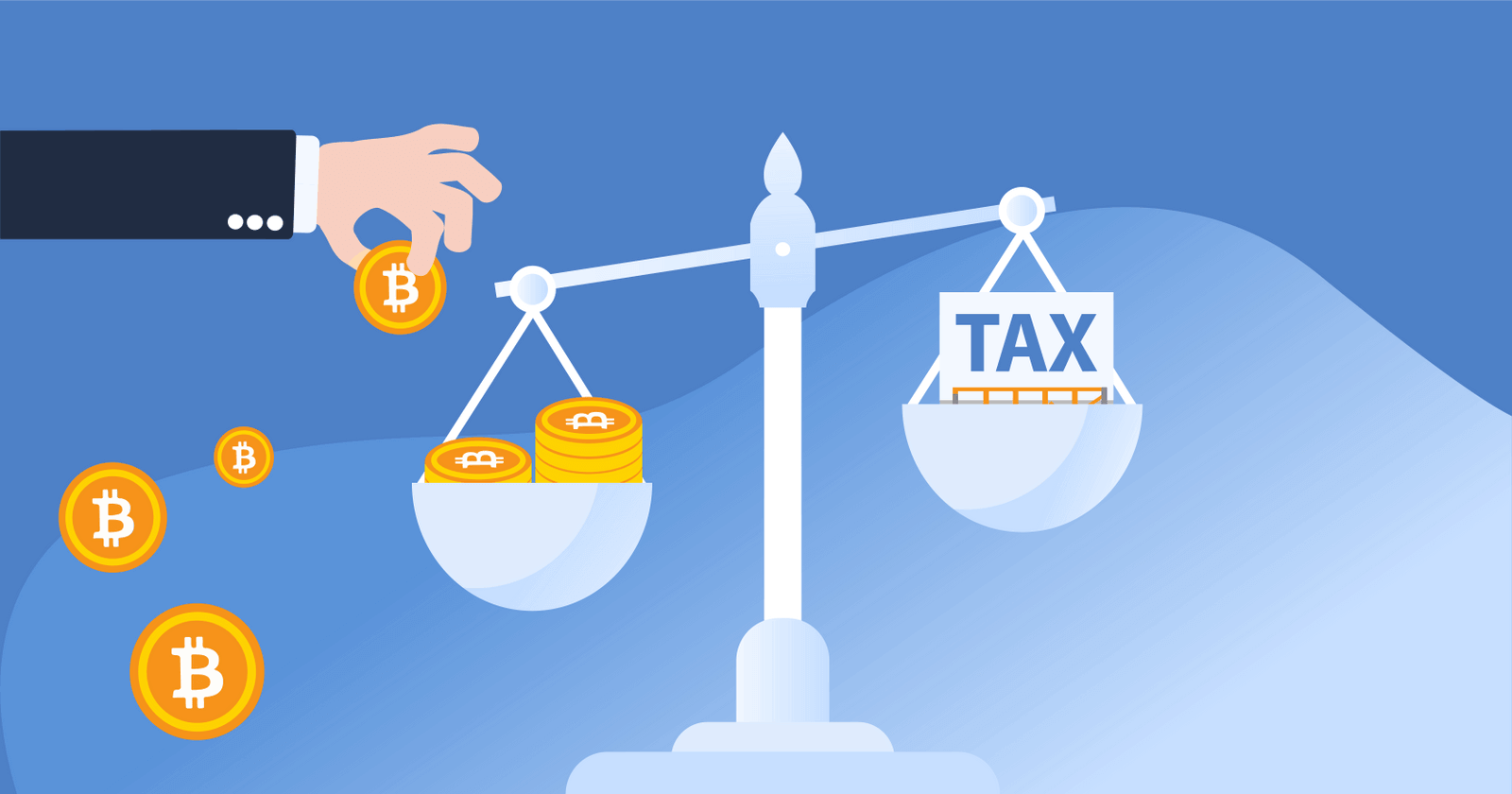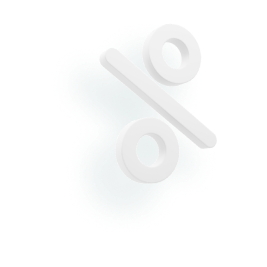Solana vs. Cardano: What Are the Key Differences?



Key Takeaways
- In 2024, Solana saw rapid growth — attracting new users due to its fast speeds and low fees!
- Cardano was stagnant after reaching price highs in 2021, but saw a new spike after founder Charles Hoskinson released a video announcing that he would potentially help shape crypto regulations in the United States.
Solana and Cardano are two of the most popular Ethereum alternatives — offering access to NFTs and DeFi protocols at fast speeds. In this guide, we’ll break down the key differences between the two blockchains and share which one may be the right choice for you.
Key Takeaways for Investors:
- Why invest in Solana?: Solana’s high-speed, developer-friendly ecosystem makes it attractive for NFT and DeFi developers. Solana is ideal for high-volume, low-cost applications, and is currently making strides in making Web3 available on mobile.
- Why invest in Cardano?: Cardano features a peer-reviewed and sustainable approach to development. In addition, Cardano’s social impact initiatives in Africa make it a great choice for those who are interested in the blockchain’s potential in developing markets.
While Solana has seen steady growth in the past year, Cardano has stagnated for years — before seeing a rapid rise in the price immediately after the 2024 US presidential election.
What is Solana?

Solana is a high-speed blockchain platform launched in 2020 by Anatoly Yakovenko. Solana uses Proof of History (PoH) consensus — a variation of Proof of Stake designed to maximize speed and scalability.
At the time of writing, Solana is the #4 most valuable cryptocurrency in the world.
Core Features of Solana:
- Consensus Mechanism: Proof of History is a consensus mechanism designed to help blockchains track time and the order of transactions. PoH allows Solana to process transactions faster than other blockchains — currently averaging 2,600 transactions per second (TPS).
- Transaction Speed & Scalability: Solana’s architecture enables a high throughput, making it a great way to build decentralized apps that require fast speeds, like crypto games.
- Cost Efficiency: Solana offers very low transaction fees (around $0.00025 on average) — which help set it apart from other smart contract blockchains.
Notable Projects:
Solana is home to various popular dApps and NFT platforms, supported by major players in the crypto ecosystem. This includes the following:
- Jupiter Exchange: A decentralized exchange that offers access to crypto perpetuities and advanced order types.
- Magic Eden: A marketplace that allows users to buy, sell, and trade NFTs.
- Pump.fun: An app that allows users to create a token and start selling it in just a few clicks!
Solana has also invested in bringing Web3 to mobile through the following initiatives:
- Solana Mobile Stack: A set of tools that make it easy to build mobile apps on the Solana blockchain.
- Solana Seeker: In 2025, Solana will release the Solana Seeker, a mobile phone with a natively integrated cryptocurrency wallet.
Solana: Future Upgrades
- Firedancer Upgrade: A highly-anticipated upgrade that could boost Solana’s speed to as high as 1 million TPS. Firedancer is expected to be launched in 2025.
- New projects: Solana has exciting new projects that have been launched in recent months — such as Eclipse, a project that features an Ethereum-Solana hybrid.
What’s the Bull Case for Solana?
- Scalability and Speed: Solana’s ability to handle a high number of transactions per second makes it appealing for high-frequency trading, gaming, and other applications where fast speeds are necessary.
- Fast growth: In the past year, Solana has seen rapid growth in terms of market cap and user numbers. Solana is one of the fastest growing blockchains in the crypto ecosystem!
- Developer-Friendly Ecosystem: With the Solana Mobile Stack, developers have tools to create Web3 mobile applications.
What are some criticisms of Solana?
Network outages: In its early years, Solana had several major outages — raising concerns about stability. So far, Solana has had 1 major outage in 2024.
Centralization: Solana is considered more centralized than other blockchains. About 50% of tokens were distributed to VCs and insiders, and the top third of Solana validators control 35% of the stake. This has led to critics like Edward Snowden to say that the Solana team ‘sold their soul to venture capital’.
FTX Ties: The now-bankrupt exchange FTX and its sister firm Alameda Research at one time had invested in 20% of the Solana ecosystem. However, it’s important to note that Solana has continued to grow — even after FTX finished selling off all of its SOL during the bankruptcy process.
What is Cardano?

Founded by former Ethereum co-founder Charles Hoskinson in 2017, Cardano is a blockchain focused on academic rigor, sustainability, and security.
At the time of writing, Cardano is the #9 most valuable cryptocurrency in the world.
Core Features of Cardano:
- Consensus Mechanism: Cardano’s Ouroboros PoS protocol was created through peer-reviewed research, built on philosophy from economics and behavioral psychology, and designed for maximum security and energy efficiency.
- Sustainability and Governance: Cardano’s long-term vision emphasizes community governance and responsible, sustainable growth.
- Phased Development: Currently, all upgrades are peer-reviewed before implementation. Cardano’s upcoming Voltaire era will introduce community governance, allowing stakeholders to vote on proposals.
Notable Projects and Partnerships:
Let’s walk through some of the top decentralized applications on Cardano.
- Minswap: A decentralized exchange offering features like liquidity pools and yield farming.
- Aada.finance: A borrowing and lending protocol on Cardano!
- Cardano Crypto Casino: A decentralized gambling platform.
Cardano has partnered with governments and organizations to promote social impact. One notable initiative is its partnership with Ethiopia’s Ministry of Education, enabling students to hold blockchain-verified digital credentials.
What’s the Bull Case for Cardano?
- Security and Stability: Cardano’s peer-reviewed model and rigorous testing make it one of the most secure blockchain platforms.
- Energy Efficiency: Cardano’s PoS system is highly energy-efficient, making it an appealing option for eco-conscious investors.
- Social Impact Initiatives: Cardano’s work in underbanked regions underscores its commitment to real-world use cases and social good.
- Hoskinson’s regulatory involvement: After the 2024 US presidential election, Cardano co-founder Charles Hoskinson posted a video where he explained his plans to work with regulators and create a crypto-friendly framework. It’s likely that this video led to a surge in the price of ADA after the 2024 presidential election.
Cardano: Future Updates
- Voltaire Era: In September 2024, Cardano’s native token, ADA, became a governance token, granting holders voting rights on network proposals.
- Hydra Head Update: Cardano August 2024’s update enhances transaction efficiency through Hydra, Cardano’s Layer-2 solution.
- Leios Upgrade: Cardano Founder Charles Hoskinson claims that the upcoming Leios upgrade will make Cardano faster than Solana. However, the upgrade was originally outlined in 2022 and it’s unclear when it will be officially implemented.
What are criticisms of Cardano?
Cardano’s development pace has been slower than other blockchains, leading some to question its ability to compete. For example, Cardano did not release smart contracts until September 2021. By this time, Solana and Ethereum already had developed NFT and DeFi ecosystems.
Cardano’s slow development has led to stagnation when it comes to user growth. In 2024, Cardano’s wallet address growth paled in comparison to blockchains like Solana and Ethereum.
Conclusion
Solana and Cardano both present unique opportunities for crypto investors. Solana offers rapid speeds and mobile-friendly developer tools, while Cardano offers an intentional approach to development and social good initiatives.
Investors interested in fast-paced, innovative ecosystems may find Solana more aligned with their goals, while those who prioritize security, governance, and academic rigor may prefer Cardano. Whatever your choice, make sure to do your own research and understand potential risks before making an investment decision.
Frequently asked questions































%20(1).png)







.png)
















